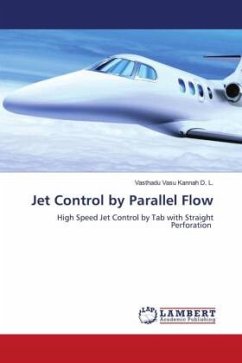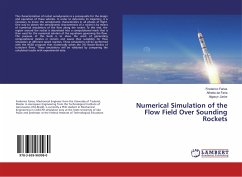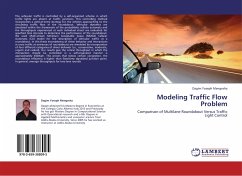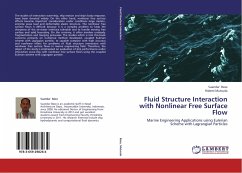An Experimental study was performed on the effect of a vortex generator in the form of a solid tab placed at nozzle exit on the development of jet and its decay. A tab is a small projection into the flow, which with appropriate geometry, produces a pair of counter-rotating stream wise vertices that can alter the flow dynamics downstream significantly.In this project, jet from a convergent nozzle with and without tab operated at nozzle pressure ratio (NPR) 4 has been studied. The centreline pitot pressure decay shows that for the solid tabbed jet a core reduction can be achieved at nozzle pressure ratio 4 compared to free jet. It shows that the tab drastically weakens the shock structure in the jet core of the flow making them occupy greater zone of the flow field compared to the plain nozzle. This causes the waves to become weaker and the jet to spread faster. The tab is found to shed counter-rotating vortices all along the tab edges, the stream wise vortices cause an inward serration of the entertained mass into the jet core and an outward expulsion of core flow, resulting in enhanced mixing.
Bitte wählen Sie Ihr Anliegen aus.
Rechnungen
Retourenschein anfordern
Bestellstatus
Storno








